
There's no RPG quite like Valkyrie Profile
In the late 1990s, shortly after the release of Star Ocean: The Second Story, the still-relatively-fledgling tri-Ace took a shot at creating its sophomore franchise for Enix. Valkyrie Profile offered something a little bit different than most other RPGs at the time. And truthfully, more than twenty years later, VP's uncommon narrative structure and unique gameplay stylings still largely remain peerless to this day.
Inspired by Norse mythology, Valkyrie Profile follows the titular Valkyrie Lenneth as she recruits the souls of slain warriors known as Einherjar to prepare for the coming of Ragnarok. With excellent sprite work, cool combat, tremendous music, and surprisingly solid English localization & voice acting for the time, the game went on to be a critical success.
More recently, in December 2022, amidst the deluge of about 15 other Square Enix titles, Valkyrie Profile was re-released for PlayStation consoles, bringing the classic RPG to modern audiences.
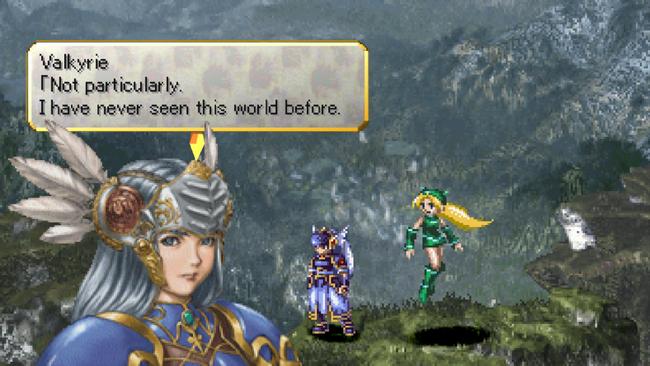
When you think of Japanese RPGs and the commonly-found components that comprise them, what do you think of? A slowly growing unified party of charming & colorful characters? A hero's quest to save the world? Charismatic villains, a story-focused narrative, character levels, and stats?
Valkyrie Profile certainly has some of the hallmarks of a traditional Japanese RPG, in a way. But it is also so fundamentally distinct in so many other ways, both big & small, that it is genuinely difficult to list a similarly styled contemporary that is easy to compare it to. Valkyrie Profile doesn't have a traditional party; it doesn't have a traditionally-structured narrative; it doesn't have traditional combat — either turn-based or otherwise.
From its combo-focused battle system, to its period-based chapters, to its vignette-structure narrative and sometimes confusing Evaluation systems, Valkyrie Profile is unlike anything else.
The heart of Valkyrie Profile shines through the numerous and wonderful vignette-style stories of its many Einherjar characters. Valkyrie Profile does have a somewhat traditional main narrative regarding Lenneth, but this is actually partially (and purposefully) hidden in the game itself, and the way this story is presented to the player is not at all conventional. Instead, throughout the majority of the game, Lenneth's story takes a back seat to that of the numerous characters she recruits to her side as a "Goddess of Death".
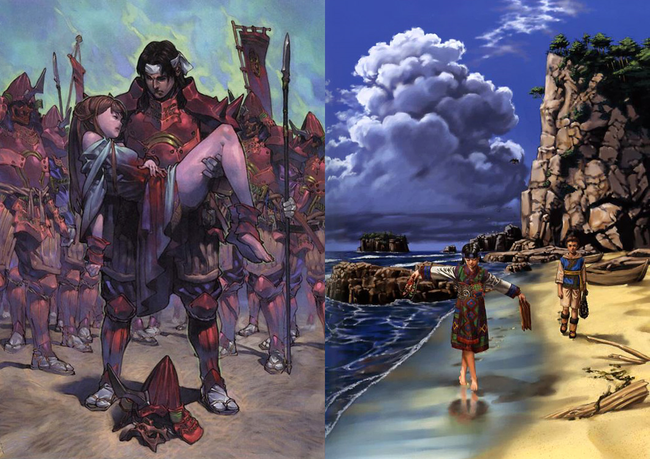
Since all the Einherjar that join Valkyrie's ranks necessarily have to be the spirits of the slain, that means all the vignettes, inevitably, involve death. But Valkyrie Profile avoids being merely dreary and morbid regarding the fates of these characters. While no vignette exceeds 10-15 minutes in length (except possibly Yumei's), they each offer a brief but powerful glimpse of the lives of (mostly) ordinary people before they meet an untimely fate.
These theater-of-tragedy vignettes are not overwrought with exposition and are astonishingly moving, even in their short duration. From the shrine priestess who gives up her life so that her foster parents can be reunited with their child, or the hesitant samurai cut down by a villager protecting his family, Valkyrie Profile's vignettes remind us that life is fleeting, sometimes painful, but also beautiful. These highlight the sorrow felt by those left behind when a loved one has passed, but also the comfort we find in the relationships we form in life. These scenes highlight a variety of different types of people, but also emphasize the essence of life and humanity.
Worldbuilding is not quite the focus in these vignettes either. Whereas a lot of modern games, I feel, are so determined to connect disparate plot threads into an interconnected narrative leading to some grand epic finale, the vignettes in Valkyrie Profile are not concerned with the world at large. Sure, there are some small connections between a handful of the various stories, but these story snippets are deliberately and deeply personal, more than anything else.
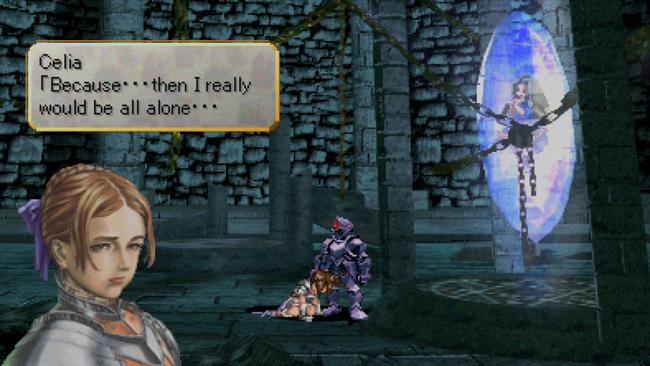
Even though the scenes in Valkyrie Profile are rendered only using sprite art, character portraits, and text boxes, these are still incredibly thoughtful in how the dialogue is presented to the player. Valkyrie Profile knows when to let scenes breathe, and it knows when characters should be speaking or be silent. Unique sprite animations and character portraits are skillfully used at the most appropriate moments to let words linger, and their meanings persist. In an era before choreographed cutscenes became the norm, Valkyrie Profile's scene direction is brilliant. This isn't some cheaply made visual novel with static portraits and overdone dialogue.
Going back to the story of Lenneth herself, actually progressing this plotline is not-at-all traditional, and even could easily be called obtuse. Don't get me wrong, at times, Valkyrie Profile is *weird*, specifically in how it handles accessing the game's "true ending". Without a guide, it is tricky to stumble on this naturally. It involves flagging certain scenes at certain times, as well as carefully monitoring a "Seal" value to be within a certain range.
Despite the complexity, I actually greatly appreciate the ambition here in how Lenneth's ending is tied to a game mechanic. Lenneth is a servant of Odin, the All-Father, but being completely loyal to him prevents her from learning about the truth of the world, and herself. You have to be disloyal enough to learn more about Lenneth's hidden past, but not too unfaithful to have Freya cast judgment on you. Even though it's tricky to navigate, especially on a first playthrough, I think this is ultimately a much more interesting take on achieving a true ending path than hypothetically simply having to select a key dialogue choice here & there, as some other RPGs do.
Regardless, Lenneth's story is an emotionally satisfying one as she begins to slip past the oppressive reigns of Odin and reignites her love for humanity. When To the Last Drop of my Blood starts to play as you approach the game's finale, I just want to punch the air or run through a brick wall. It's cathartic.
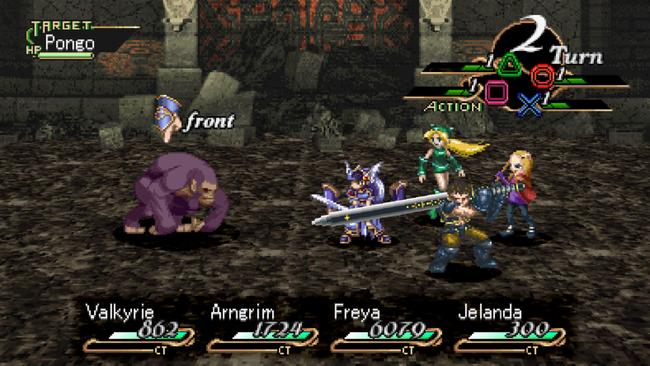
Valkyrie Profile's combat system and gameplay sub-systems also are just a bit different than almost anything else in the genre. It's not turn-based, round-based, phase-based, grid-based, cooldown-focused, character action, or party action. Maybe the best way to describe it is a timing-based combo system almost reminiscient of a side-scrolling fighting game. Each of the four party characters is tied to a controller face button, and you must activate their abilities with proper cadence to achieve the highest combo possible. If done properly, you can access some of the characters finishing strikes.
There are also plenty of cool and weird subsystems behind the combat (which I've praised tri-Ace for in the past). The most important of these is how you have to send characters to Valhalla to fight for the gods in their endless wars. This means that your party makeup will vary throughout the course of the game. Unlike most RPGs where your party is eventually set with your favorite characters of your choice, in VP you are not only training up characters to fit in with your own playstyle, but also to fit the needs of Freya and the Aesir. There are plenty of skill subsystems and a pseudo-crafting system, too. Some special weapons, if you can manage to find or craft them, can even take down certain bosses in a single hit. Once you learn the tricks to the trade, you can blow Valkyrie Profile's difficulty curve wide open, which I've always had an appreciation for.
Valkyrie Profile's sequel and spinoff, Silmeria and Covenant of the Plume respectively, are both excellent in their own right, in some ways even surpassing the original. (And yes Silmeria is really both a sequel and a prequel. Things get weird!). Silmeria in particular has excellent presentation and combat mechanics, plus an interesting rune system. It's a bit more standard fare structurally, however, and its Einherjar are effectively relegated to units added to the party, with no vignettes to introduce them.
Outside of its excellent presentation and storytelling, one big reason Valkyrie Profile still resonates with me so strongly is that — even now nearly 25 years later — it still does so many things in its narrative structure and gameplay systems that no one else has been able to replicate. There are a few games that have tried to emulate some of the stylings, such as Indivisible or Exist Archive, but these games' inspirations are either too shallow to be notable, are dragged down by significant flaws elsewhere, or at worst, miss the point completely.
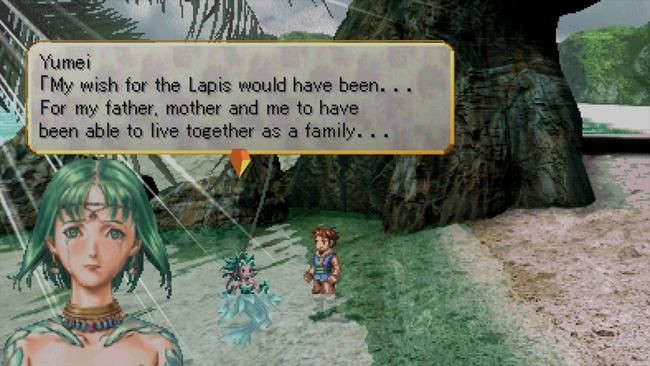
Speaking nuts and bolts for a moment, there are certain components of the newly-released PlayStation remasters that are admittedly disappointing. These don't include the high-quality portrait art seen in the mobile release of the Valkyrie Profile, nor are some of the bug fixes found in the North American PS1 version (since modern incarnations of Valkyrie Profile are effectively based on the Japanese version.) But to me, these are minor blemishes on a game that means so much to me.
I adore Valkyrie Profile, its sentimental storytelling, and its ambitious game design. I'm glad Square Enix decided to revisit it with a modern port, as I would hate for this classic to be lost to the annals of time forever. Maybe one day we'll finally get another respectable follow-up to carry on the franchise legacy, but until then, my lasting memories and fondness for Valkyrie Profile will always be there.